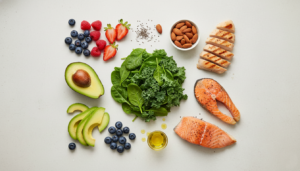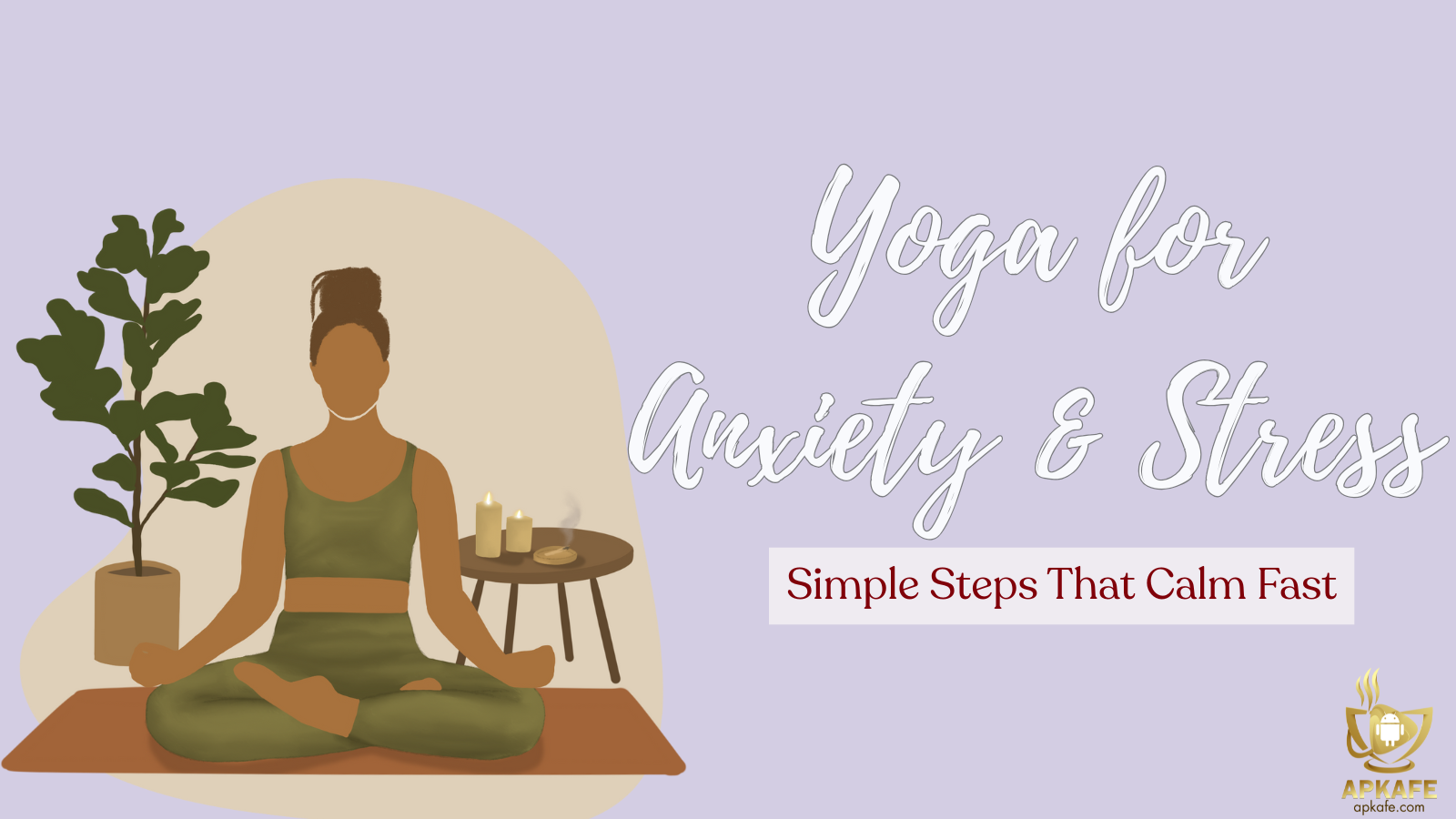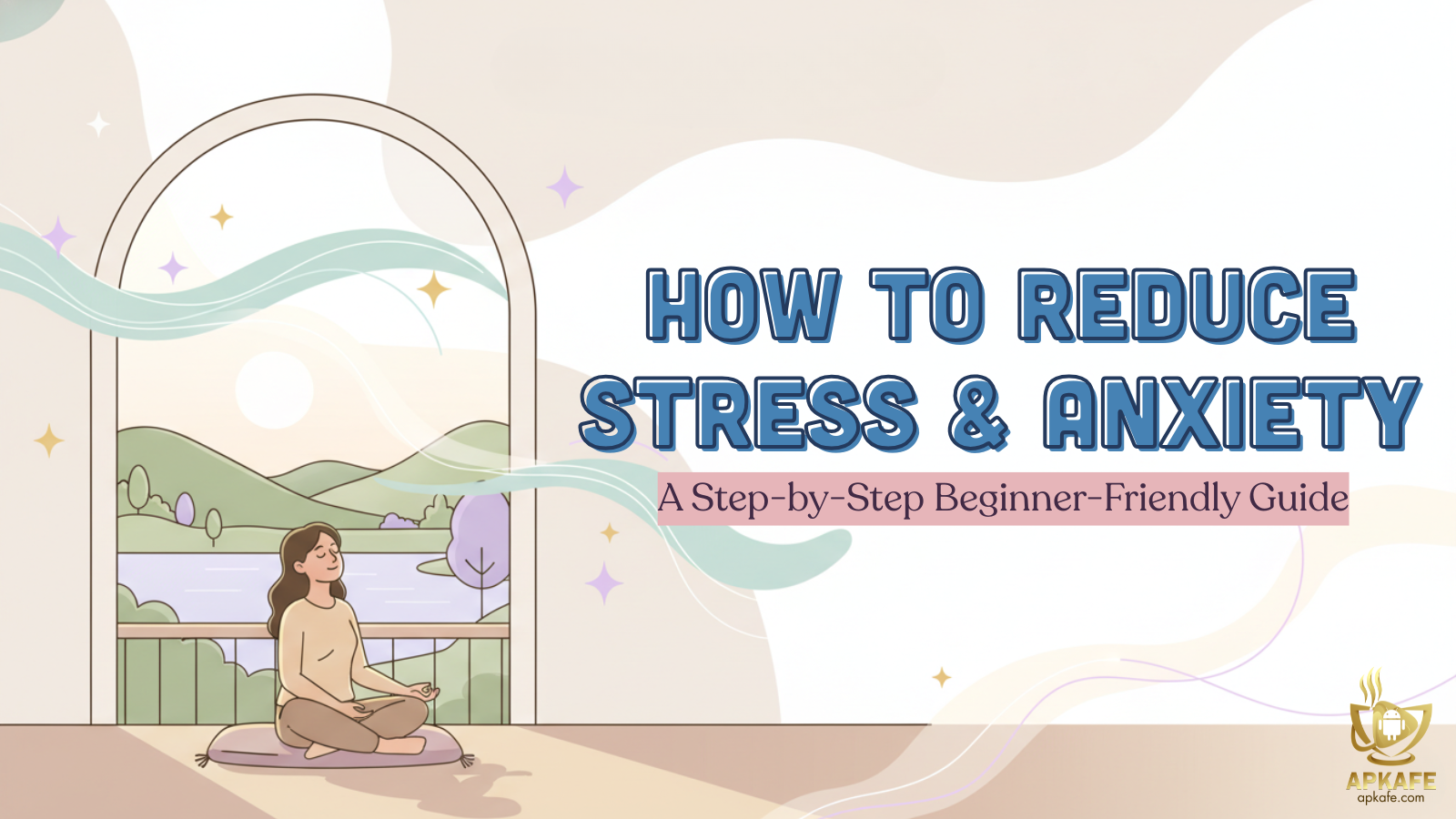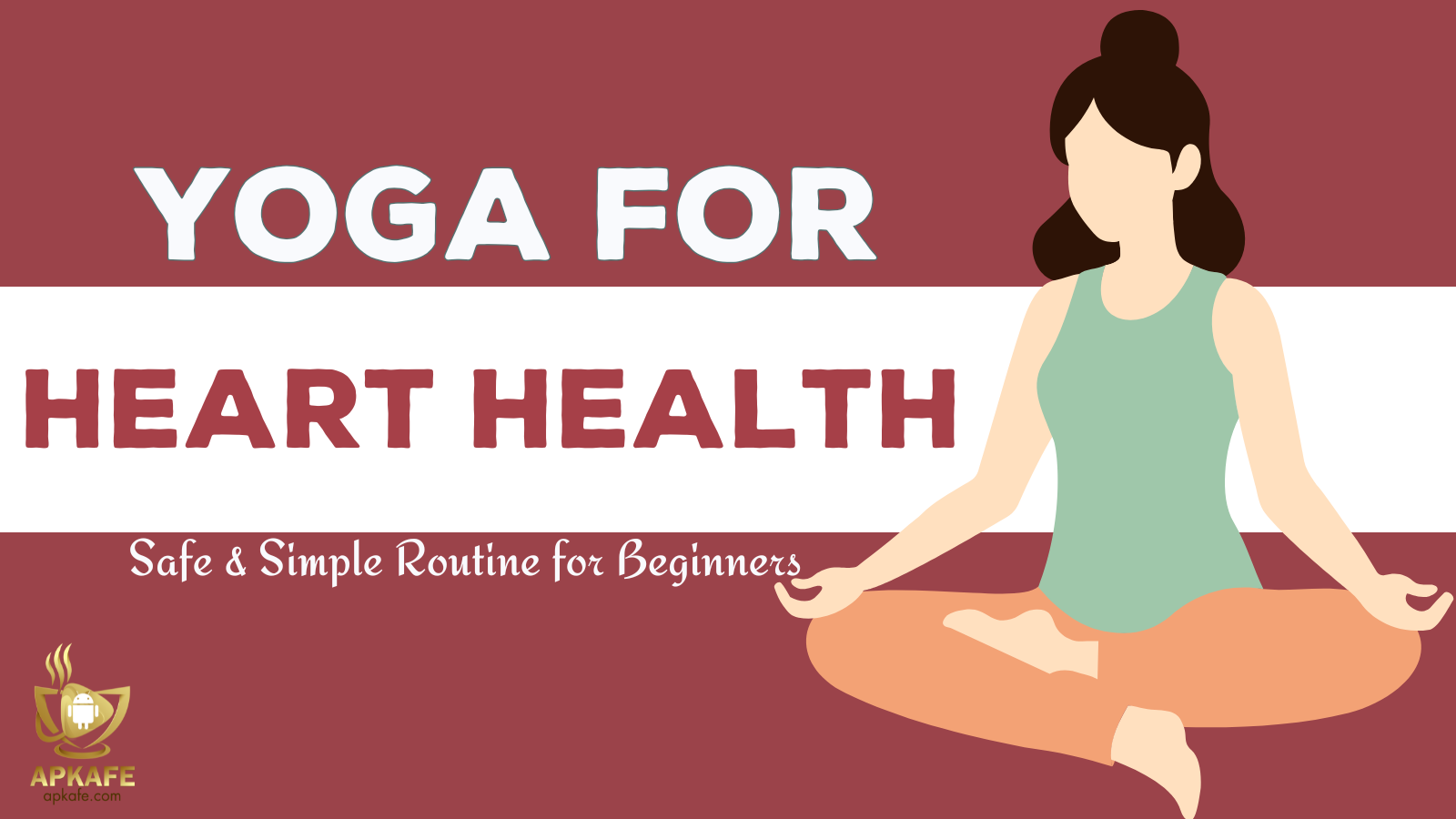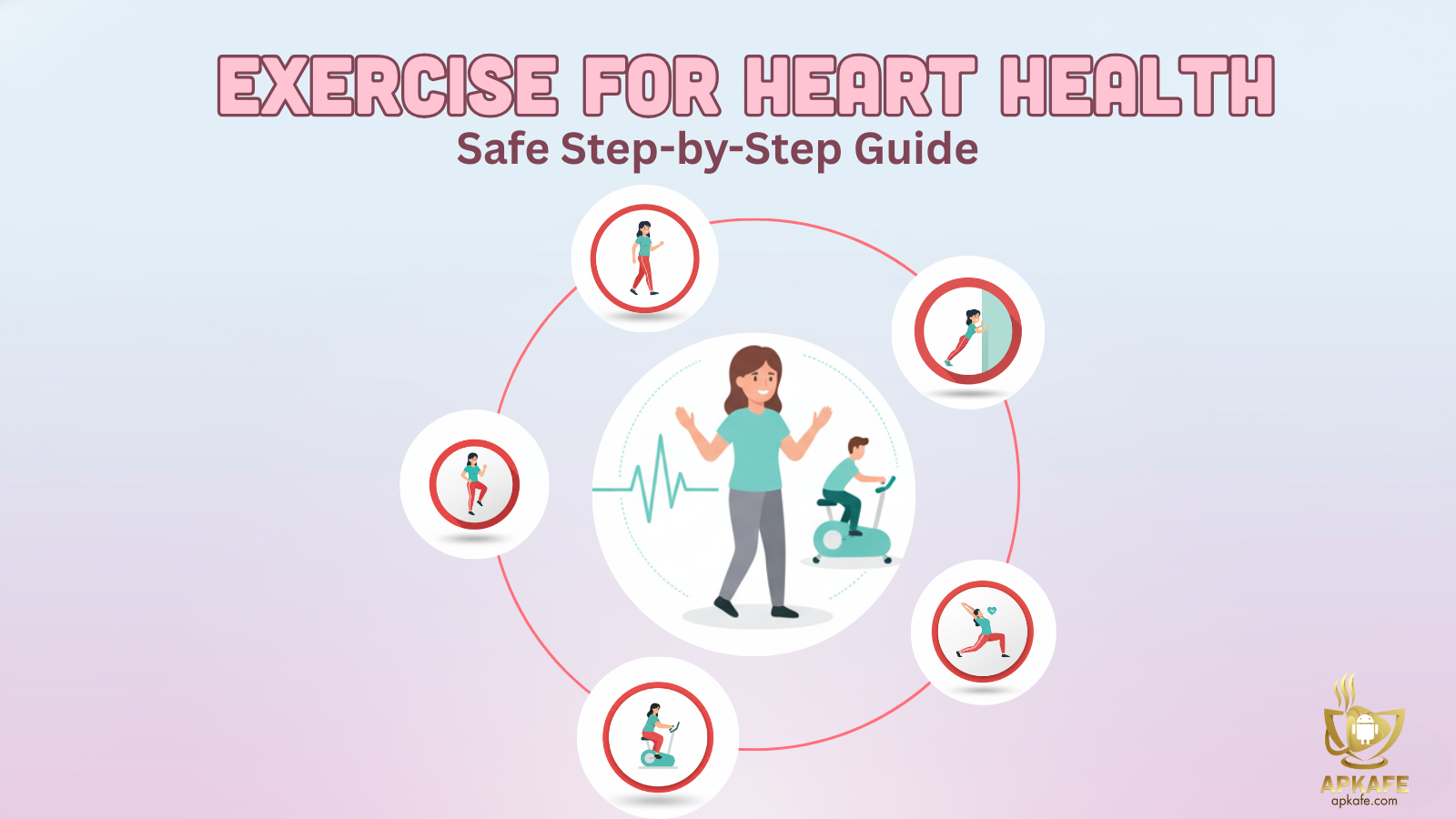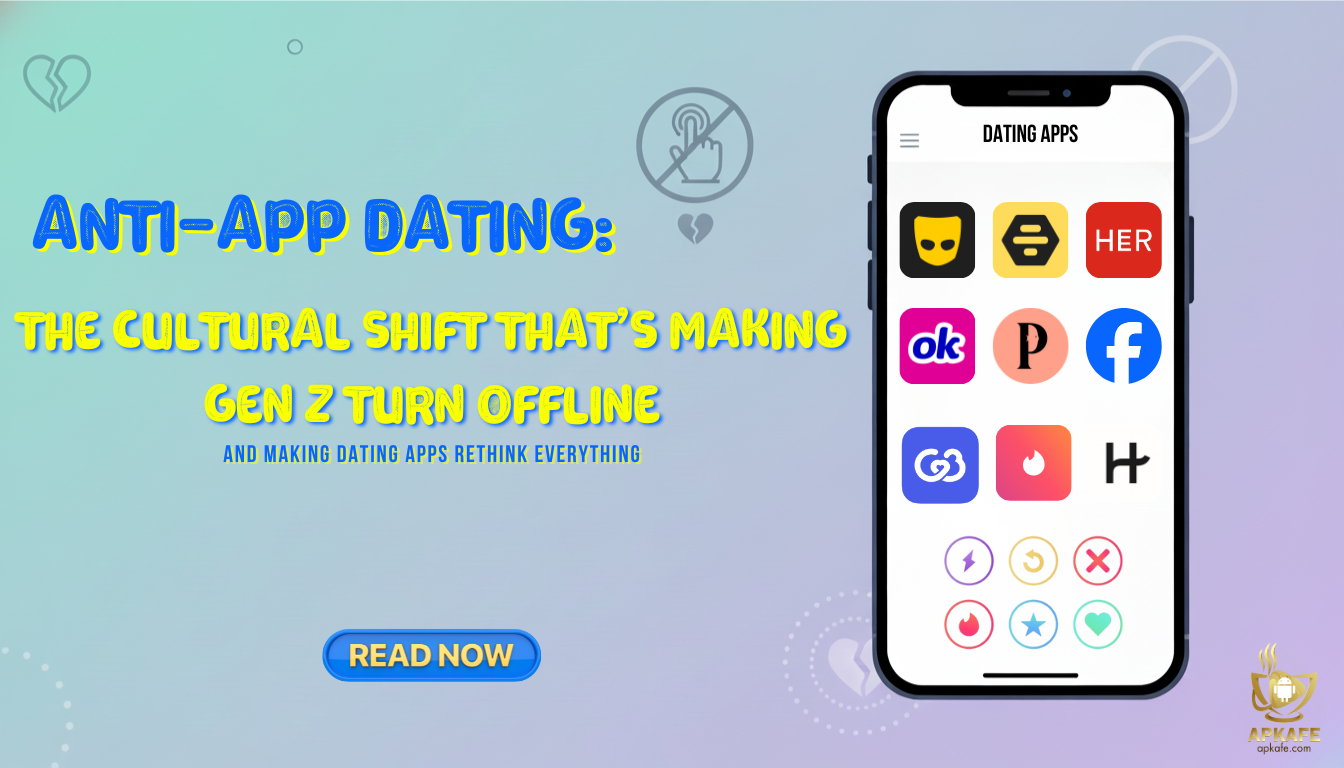What Is Intermittent Fasting 16-8? Beginner Guide to Start Safely
In the next few minutes, you’ll learn the exact 16/8 method beginners use to avoid hunger crashes, including the timing tweak most people skip. Intermittent fasting 16/8 is one of the simplest eating rhythms to follow, yet most people jump in without understanding how the body adapts. This leads to headaches, hunger spikes, and the belief that fasting “doesn’t work.” In reality, the 16/8 method gives your digestive system a predictable schedule so energy and hunger hormones stabilize naturally. If you’ve struggled with rigid diets or inconsistent habits, the structure of 16/8 can feel refreshingly manageable. Before starting, it helps to understand the basics: what 16/8 really is, how to choose your eating window, what to drink and eat, and how to ease your body into fasting without stress. This guide gives you every step you need with safety notes, micro-scenarios, and app recommendations to stay on track.
What Is Intermittent Fasting 16/8?
Intermittent fasting 16/8 means fasting for 16 hours and eating during an 8-hour window. Because most of the fasting time happens during sleep, this method fits naturally into everyday life. Common eating windows include 10 a.m–6 p.m, 11 a.m–7 p.m, and 12 p.m–8 p.m, depending on your schedule and energy peaks.
The key principle: Timing, not restriction. You’re not removing foods; you’re creating a steady rhythm that supports digestion, insulin sensitivity, and metabolic regulation.
Benefits of the 16/8 Method (What Research Suggests)
While intermittent fasting is not a cure-all, research-backed benefits show that the 16/8 method can support metabolic health, appetite regulation, and overall eating behavior when practiced safely and consistently. And one benefit is rarely mentioned, we’ll reveal it in the last bullet.
Improved insulin sensitivity
Fasting gives your body time to reduce circulating glucose and insulin levels, helping stabilize hunger hormones and improving metabolic flexibility.
Micro-tip: Break your fast with protein + fiber to maintain stable blood sugar.
Safety cue: Individuals with diabetes or glucose disorders should consult a professional before trying IF.
Natural weight regulation
With a shortened eating window, many people reduce daily calorie intake without strict dieting or restriction. This often leads to gentle, sustainable weight changes.
Pitfall to avoid: Overeating processed foods during the eating window weakens this effect.
Reduced late-night eating
Ending your eating window earlier decreases evening cravings and prevents overeating close to bedtime – one of the biggest contributors to poor digestion and disrupted sleep.
Micro-tip: Set a “kitchen closed” reminder to reinforce your window.
Improved mental clarity
Many intermittent fasters report clearer focus in the morning as the body isn’t busy digesting food. Stable blood sugar contributes to sharper concentration and reduced brain fog.
Safety cue: If fasting increases anxiety, reduce fasting length or add electrolytes.
Better meal awareness (the underrated benefit)
16/8 naturally rewires eating behavior. You become more aware of when and why you eat, distinguishing true hunger from emotional patterns like boredom, stress, or habit. This is often the most transformative benefit.
Micro-tip: Keep a simple hunger log during week one to identify patterns.
Drawbacks of 16/8 Intermittent Fasting
Before committing fully, it’s important to understand the limitations of 16/8, including the one drawback most people don’t notice until week two.
Intermittent fasting 16/8 is simple, but it’s not perfect for everyone. While many people appreciate the structure, others may find challenges that affect energy levels, mood, or social routines. Understanding the potential drawbacks helps you adjust your fasting window earlier, avoid frustration, and improve your long-term success.
Hunger waves & irritability in the first week
As your body adapts to a new eating rhythm, hunger hormones shift. Some people experience morning irritability, mood dips, or reduced focus during week 1–2.
Safety cue: If irritability is extreme or persistent, shorten the fasting window to 14/10.
Reduced workout performance (at first)
Fasting may temporarily impact strength or endurance, especially for morning exercisers. Low glycogen can make heavy workouts feel harder.
Micro-tip: Move workouts into your eating window until you adjust.
Social interruptions
Dinners with family, after-work events, or weekend outings may conflict with your chosen window.
Micro-scenario: Your friends invite you out at 8 p.m., but your window ends at 7. Flexibility becomes essential.
Overeating in the 8-hour window
Some beginners compensate for fasting by eating large portions, leading to digestive discomfort or stalled progress.
Pitfall: Treating the eating window as “permission to feast.”
Not suitable for everyone
People with certain medical conditions, nutrient deficiencies, or irregular cycles (for some women) may find fasting stressful for the body.
Safety cue: Stop fasting if you experience dizziness, faintness, or disrupted menstrual cycles.
Possible sleep disruption
If your window is too late (e.g., 2 p.m.–10 p.m.), eating close to bedtime may cause indigestion or poorer sleep quality.
Micro-tip: Keep the last meal 2–3 hours before sleep.
Mental pressure & all-or-nothing thinking
Some people feel anxious about “breaking the fast” early, which isn’t the goal. 16/8 should feel supportive, not rigid.
Reframe: It’s normal to adjust or shorten your window depending on stress, activity, or illness.
Prerequisites & Safety Checklist
Most beginners fail before fasting even begins, avoid these early mistakes.
Before trying 16/8, consider:
Who should NOT fast without medical supervision
- People with diabetes or blood sugar disorders
- Individuals with a history of eating disorders
- Pregnant or breastfeeding individuals
- Those with low blood pressure or taking medication requiring food
Hydration & Electrolytes
Drink consistently throughout the day. A dehydration-related headache is the #1 reason beginners quit.
Warm-Up Week
Start with 12/12 to let your body adjust.
Lifestyle Fit
Your fasting window must align with your daily schedule, not the other way around.
How to Start 16/8 Intermittent Fasting (Step-by-Step Guide)
Each step contains a small adjustment that makes fasting easier — skip one and the process becomes harder.
Step 1: Ease In With a 12/12 Routine (Warm-Up Week)
Instead of jumping directly to 16/8, begin with 12 hours fasting / 12 hours eating for one week. This stabilizes hunger hormones and reduces morning cravings.
Pitfalls:
- Jumping straight to 16 hours → headaches
- Staying up late → late-night snacking
- Cutting too many calories instead of adjusting timing
Pro Tips:
- Set a timer using Zero.
- Drink herbal tea after dinner as a “closure signal.”
Step 2: Choose Your Ideal 8-Hour Eating Window
Your ideal window depends on your lifestyle, not trends.
Examples:
- Office worker: 11 a.m.–7 p.m.
- Remote worker: 12 p.m.–8 p.m.
- Parents: 10 a.m.–6 p.m.
- Shift workers: Anchor window to wake-up time
Pitfalls:
- Picking a window that contradicts natural hunger
- Eating too close to bedtime
- Undereating → bingeing later
Pro Tips:
- Adjust your window by ±30 mins until hunger feels natural.
- BodyFast helps create personalized fasting plans.
Step 3: What to Eat During the 8 Hours
16/8 doesn’t prescribe foods, but balanced choices help maintain steady energy.
Focus on:
- Protein + fiber + healthy fats
- Whole foods over ultra-processed snacks
Pitfalls:
- Sugary fast-breaking meals → crashes
- Undereating early → cravings
- Viewing the eating window as a “free-for-all”
Pro Tips:
- Start with 20–30g protein.
- Use the Simple app to structure meals.
Step 4: What to Drink During the 16 Hours
Stick to: water, mineral water, unsweetened tea, black coffee, electrolyte mixes without sugar.
Pitfalls:
- Milk/cream in coffee breaks fast
- Over-caffeination → anxiety
- Hidden sweeteners
Pro Tips:
- Use hydration reminders in Zero or Simple.
- Add a pinch of sea salt (if appropriate).
Step 5: Manage Hunger Waves (3 Proven Techniques)
Hunger comes in waves lasting 8–12 minutes. Mastering these makes fasting easier.
Techniques:
- Water Reset: Drink a full glass → wait 5 minutes
- Shifted Window Trick: Move window by 30 minutes
- Body Engagement: 3–5 minute walk or stretch
Pitfalls:
- Ignoring persistent hunger
- Screen distraction leading to overeating
Pro Tips:
- Sugar-free gum helps suppress cravings.
- Log hunger waves in BodyFast or Simple.
Fasting Starter Readiness Checklist
| Category | What to Check | Why It Matters | Beginner Benchmark |
|---|---|---|---|
| Sleep | 6–8 hrs/night | Supports hormone regulation | Wake with moderate energy |
| Hydration | 1.5–2.5 L/day | Dehydration = hunger | Morning water habit |
| Stress | Manageable | High stress → cravings | Stress <7/10 |
| Meals | Protein + fiber | Stable energy | 20–30g protein |
| Eating Window | Lifestyle-fit | Wrong timing → hunger | Personalized window |
| Medical Safety | No contraindications | Risk reduction | Self-assessed |
| App Setup | Timer + hydration | Consistency | Installed apps |
| Privacy | Permissions checked | Data safety | Non-essential off |
FAQs About 16/8 Intermittent Fasting
Is 16/8 safe for beginners?
Yes, for most healthy adults – start gradually.
Can I drink coffee while fasting?
Yes: black coffee only.
Do I need to count calories?
Not required, but tracking helps.Try the best calorie counter app
How long until results?
Energy improves in 1–2 weeks; physical changes in 3–6+ weeks.
Is 16/8 different for women?
Many thrive on 14/10, adjust as needed.
Can I exercise while fasting?
Yes, start light and stop if dizzy. Explore free fitness apps.
What if I break my fast accidentally?
Nothing is ruined. Consistency matters more than perfection.
Health & Privacy Disclaimer
This article is for informational purposes only and is not a substitute for professional medical advice. Always consult a qualified healthcare provider before making changes to your diet, fasting schedule, or exercise routine. Review app permissions and data-sharing policies before using any fasting or health app.
User Reviews

